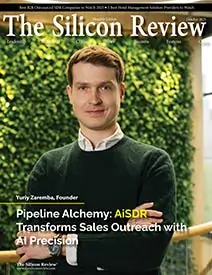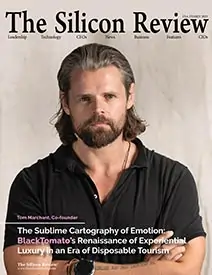>>
Industry>>
Animation>>
AI Automation Quietly Reshapin...AI Automation Quietly Reshaping U.S. Animation Industry
The Silicon Review
23 April, 2025
A surge in AI-powered tools is accelerating animation production while subtly redrawing the industry's labor landscape—raising both opportunity and concern in equal measure.
The U.S. animation industry is undergoing a technological inflection point as artificial intelligence begins to automate traditionally manual production workflows, including lip-syncing, background generation, and character rigging. While the advancements are streamlining creative processes and boosting efficiency, they are also introducing a silent recalibration of labor dynamics across studios. Major players like Pixar and DreamWorks have continued to roll out flagship films—“Inside Out 2” and the anticipated “Elio”—but behind the scenes; the real disruption is being led by AI-integrated pipelines. Startups and mid-sized studios are adopting machine-learning platforms that dramatically reduce turnaround times. For instance, AI-powered lip-syncing tools can now match dialogue with facial expressions in near real time, cutting post-production by weeks.
The move is driving a bifurcated trend: production timelines are shrinking, but job roles in traditional animation are being redefined or, in some cases, replaced. Industry analysts project that by 2026, up to 22% of entry-level animation jobs may transition into AI-assisted positions, demanding hybrid skill sets that blend creative instincts with technical fluency in AI tools. At the same time, the U.S. animation market is showing signs of growth, with job postings rising in AI-specialized roles and technical direction. Studios investing in automation are seeing early ROI through reduced costs and scalable output. However, as the sector recalibrates, questions around IP integrity, creative authorship, and workforce reskilling loom large.
For executives navigating this shift, the message is clear: automation isn’t replacing creativity—it’s redefining its boundaries. Forward-thinking firms will need to invest in retraining, rethink job hierarchies, and maintain ethical oversight as AI’s role in storytelling deepens. In a landscape evolving faster than ever, adaptability—not tradition—may determine which studios lead the next era of animated entertainment.


 (1)_2025-10-21_13-35-14.webp)

_2025-10-02_10-21-48.webp)

